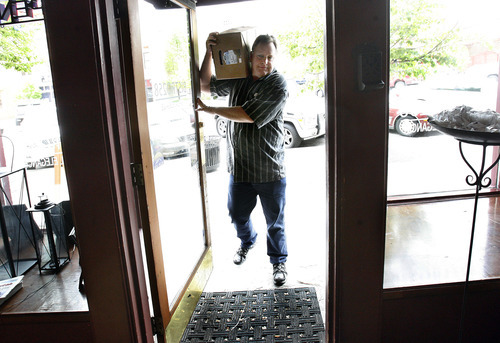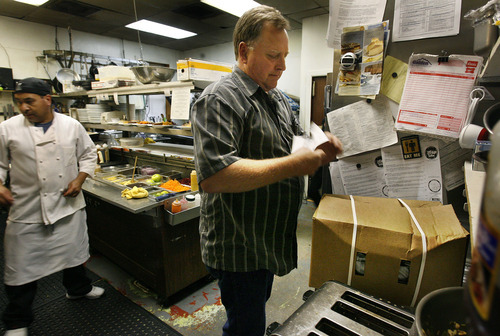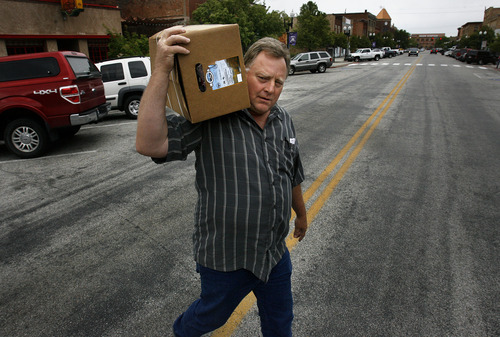This is an archived article that was published on sltrib.com in 2012, and information in the article may be outdated. It is provided only for personal research purposes and may not be reprinted.
After more than a decade in business, Morgan Valley Lamb is closing its operations because extended family members decided to sell all their grazing lands in northern Utah.
The 10,000-acre parcel is so diverse, with streams, mountains and pastures, that it couldn't be fairly partitioned to the nine cousins who own it, said Jamie Gillmor, founder of Morgan Valley Lamb. "I couldn't come up with the money to buy the whole thing, so selling was the only option."
Only Gillmor and a cousin in Wayne County, 250 miles to the south, work in agriculture. Both are sheep ranchers.
The family has been in the sheep business for three generations, dating to grandparents Stephen and Alva Gillmor.
In 2001, Jamie Gillmor and wife Linda began marketing products from their naturally raised lambs to local high-end restaurants and supermarkets. Harmons Grocery Stores was the first chain to carry Morgan Valley Lamb.
Gillmor, 52, remembers working harder than he's ever labored to find local buyers for his lamb, but after many years, "I no longer have to bang on doors, and I've made lasting friends."
Now, Gillmor is selling off his existing inventory before closing all operations to concentrate on selling the land.
"I need to concentrate my efforts on this next phase," he said. "I want to see a smooth transition — and I really want the family to keep a positive attitude so that we can all remain as a family and yet move on."
Larry Lewis, spokesman for the Utah Department of Agriculture and Food, said "it's unfortunate that the state is losing another agriculture operation.
"There needs to be a system in place that allows property to be passed along to heirs so that it doesn't have to be sold," he said. "We're losing too much [land]."
The state has lost 500,000 acres of productive agricultural lands this past decade. Rangelands lost in the past 40 years equal the size of Delaware and Rhode Island combined.
For the past two years, Utah lawmakers have declined to set money aside for the LeRay McAlister Fund to preserve farmlands, knocking out the state's only source that qualifies for federal conservation monies.
The fund has preserved 80,000 acres of land, most of it agricultural, recreational and archaeological sites. Over the past 10 years, the state pitched in $20 million that was matched by $110 million from the federal government and other sources.
Gillmor, whose family has sold development rights to protect watershed lands on the property, said all possibilities would be considered before the land is sold.
"I love this land," he said. "I'm hoping it can stay as beautiful and pristine as it is now." —
Lamb industry in Utah
Ranking • Fifth in the nation, after Texas, California, Colorado, Wyoming and South Dakota
Record year • 1930 with 1.7 million head
Worst year • 2007 with 225,000 head
Currently • 255,000 head
Source: Utah Department of Agriculture and Food













